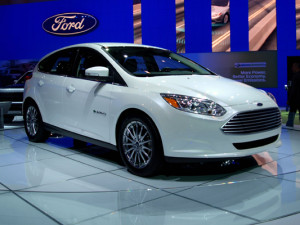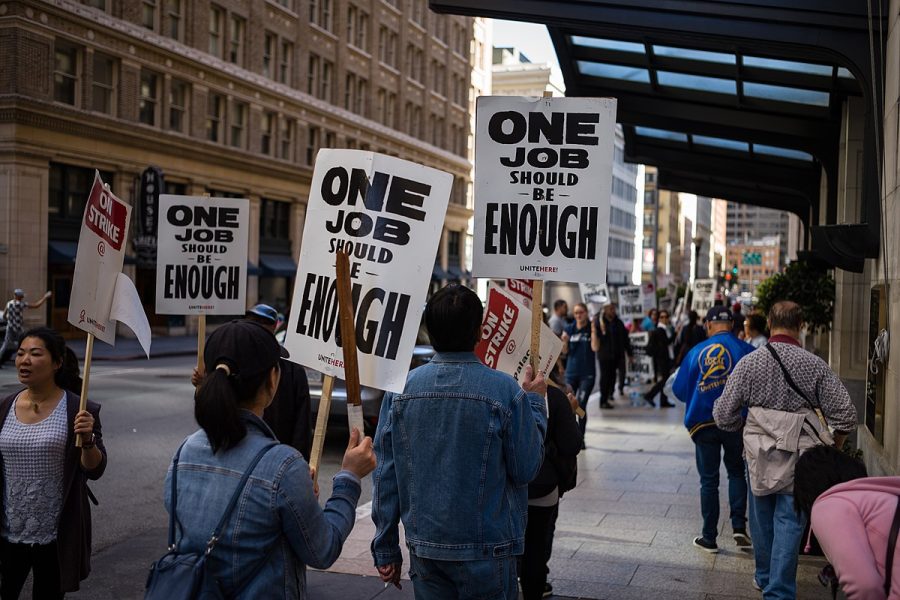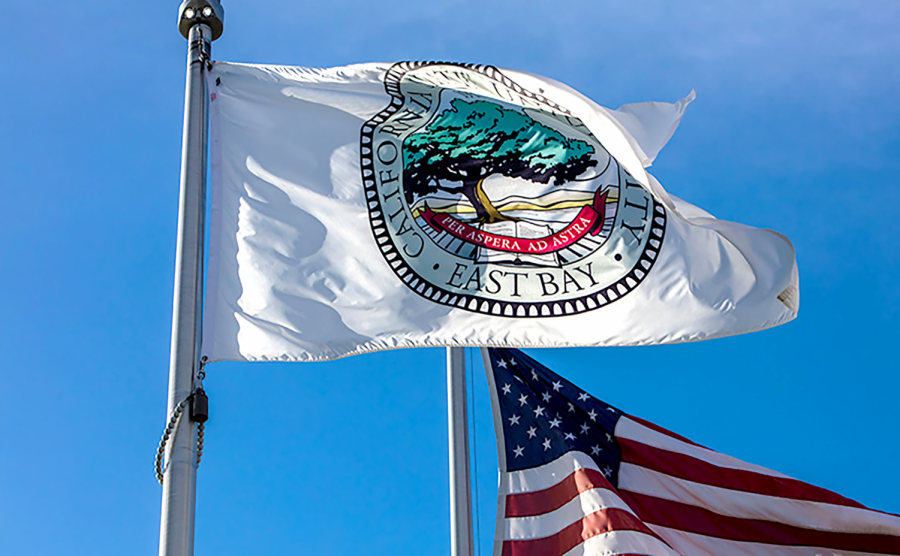
A national plan to increase fuel efficiency standards of passenger vehicles to 54.5 miles per gallon (mpg) by 2025 was announced through a Supplemental Notice of Intent (NOI) on July 29.
The NOI outlined the key elements of the program that will be proposed later on in the year, and build off of the previous 2010 agreement to raise the fuel efficiency for Model Years 2012-2016 to 35.5 mpg.
The plan is projected to save consumers $1.7 trillion dollars in fuel costs as well as decrease the nation’s oil consumption by 12 billion barrels of oil in conjunction with the previous plan, according to the announcement’s press release.
It will also cut more than 6 billion metric tons of greenhouse gases—roughly more carbon dioxide than the United States emits in a year—which can lead to uncontrolled global warming and subsequent human health complications.
The national plan will involve the federal government, the state of California, the United Auto Workers (UAW) as well as thirteen major automobile companies, which account for 90 percent of all vehicles sold in the country.
“This agreement on fuel standards represents the single most important step we’ve ever taken as a nation to reduce our dependence on foreign oil,” said President Obama. “We’ve set an aggressive target and the companies are stepping up to the plate.
The Obama Administration simultaneously released a new report, entitled “Driving Efficiency: Cutting Costs for Families at the Pump and Slashing Dependence on Oil,” describing the oil savings, consumer and environmental benefits of the projected national program.
The federal Environmental Protection Agency (EPA) and the National Highway Traffic Safety Administration (NHTSA) are working together to produce full details of the plan, including cost and benefits and its effect on the various stakeholders, according to the press release.
The plan will most likely include incentives for automakers for electric, hybrid and fuel cell vehicles, as well as credits for advanced environmentally safe technology.
A Notice of Proposed Rulemaking will be published by the end of this September.
This project is the result of the federal EPA and Department of Transportation (DOT) working with automobile manufacturers—including Ford, GM, Chrysler, BMW, Honda, Hyundai, Jaguar/Land Rover, Kia, Mazda, Mitsubishi, Nissan, Toyota and Volvo—the state of California, environmental groups and other stakeholders.
This collaboration ensures that standards will be stringent enough to curb environmental and economic costs but loose enough to ensure vehicles will continue to be available to consumers.
The state of California held a critical role in promoting the plan.
“As Attorney General, I sued the Bush Administration and major automobile companies so that California could adopt the bold emissions standards on which these new federal standards are based,” said state Governor Jerry Brown. “California led the way, and all Californians can be proud that President Obama adopted our state’s forward-thinking policy as a model for the nation.”
Several environmentalist groups responded positively to the announcement, though some are concerned with the automaker’s ability to meet the increased standards.
“Today President Obama has ensured 15 years of continuous progress to help cut our dangerous addiction to oil, create American jobs, save families money at the pump, curb life-threatening pollution and tackle climate disruption,” said Michael Brune, Sierra Club executive director.
Brune also added that “if we are to fully address the challenges we face as a nation addicted to oil, we must put American innovation and technology to use to deliver the best cars and trucks for consumers, ensure smart transportation choices for all Americans and build livable towns and cities.”
“This is the single biggest step the president can take to lower drivers’ gas bills and cut heat-trapping pollution at the same time,” said Roland Hwang, transportation director at the Natural Resources Defense Council. “We will work with the administration and the auto industry to continue building the clean cars of the future.”
The various automakers involved with the project are eager to live up to the new fuel standards.
According to a news release sent out by General Motors, the company “plans to pursue the technical challenge ahead and to lead in delivering new fuel-saving technologies in cars and trucks customers want to buy and can afford.”
Stakeholders of all kinds await the final details to the national plan in September to determine their effectiveness in developing a realistic fleet of environmentally friendly yet affordable passenger vehicles.











